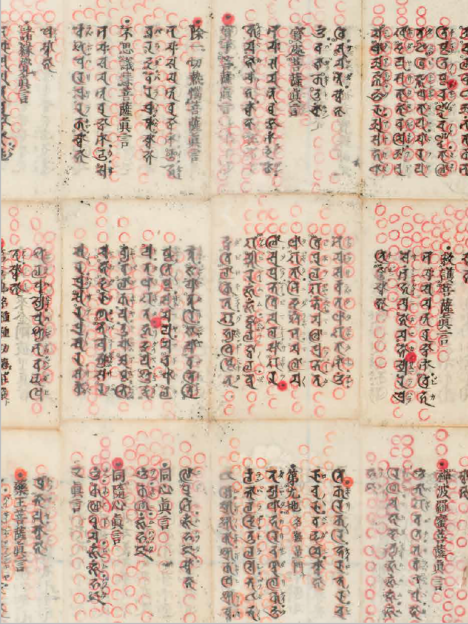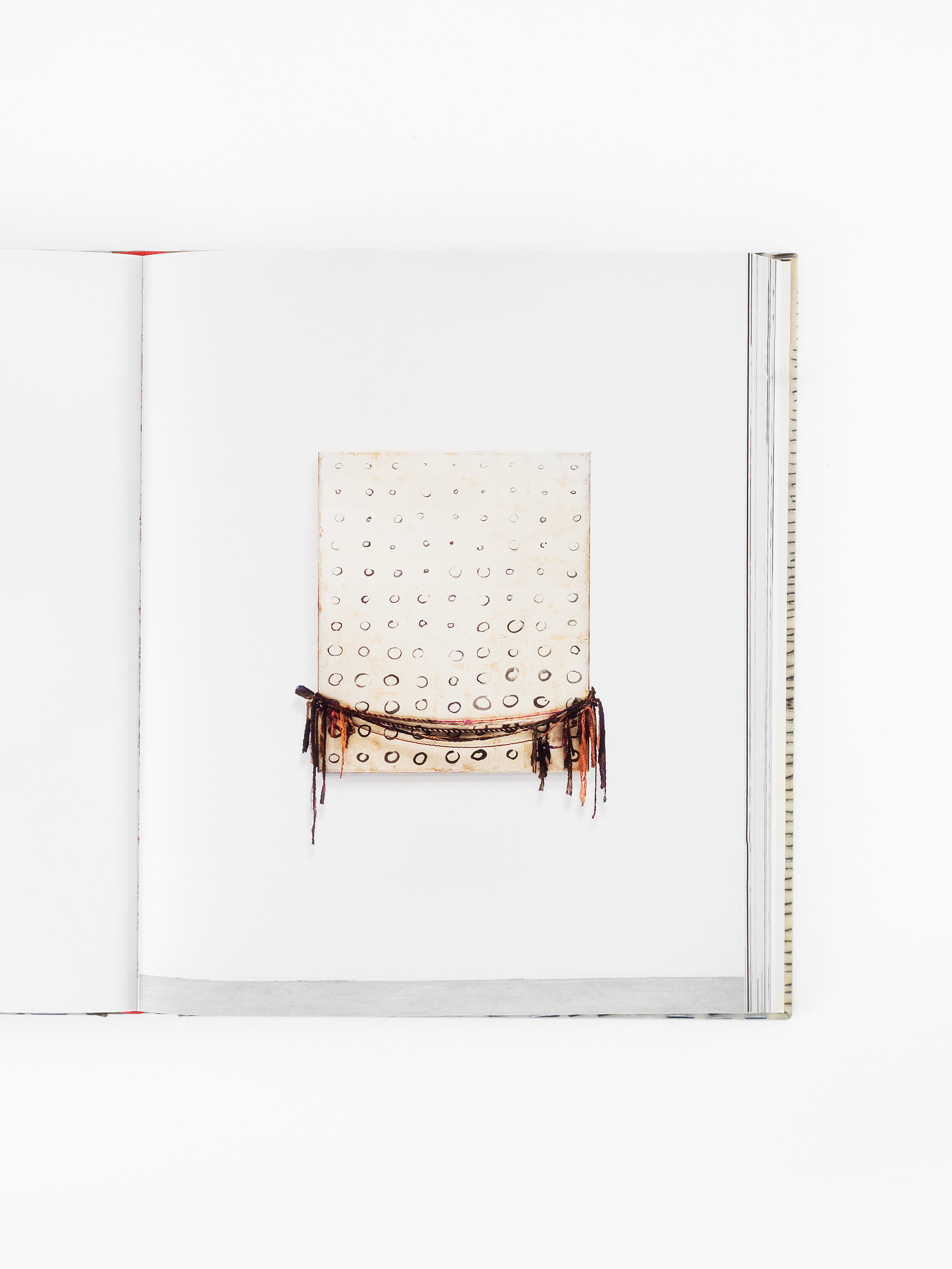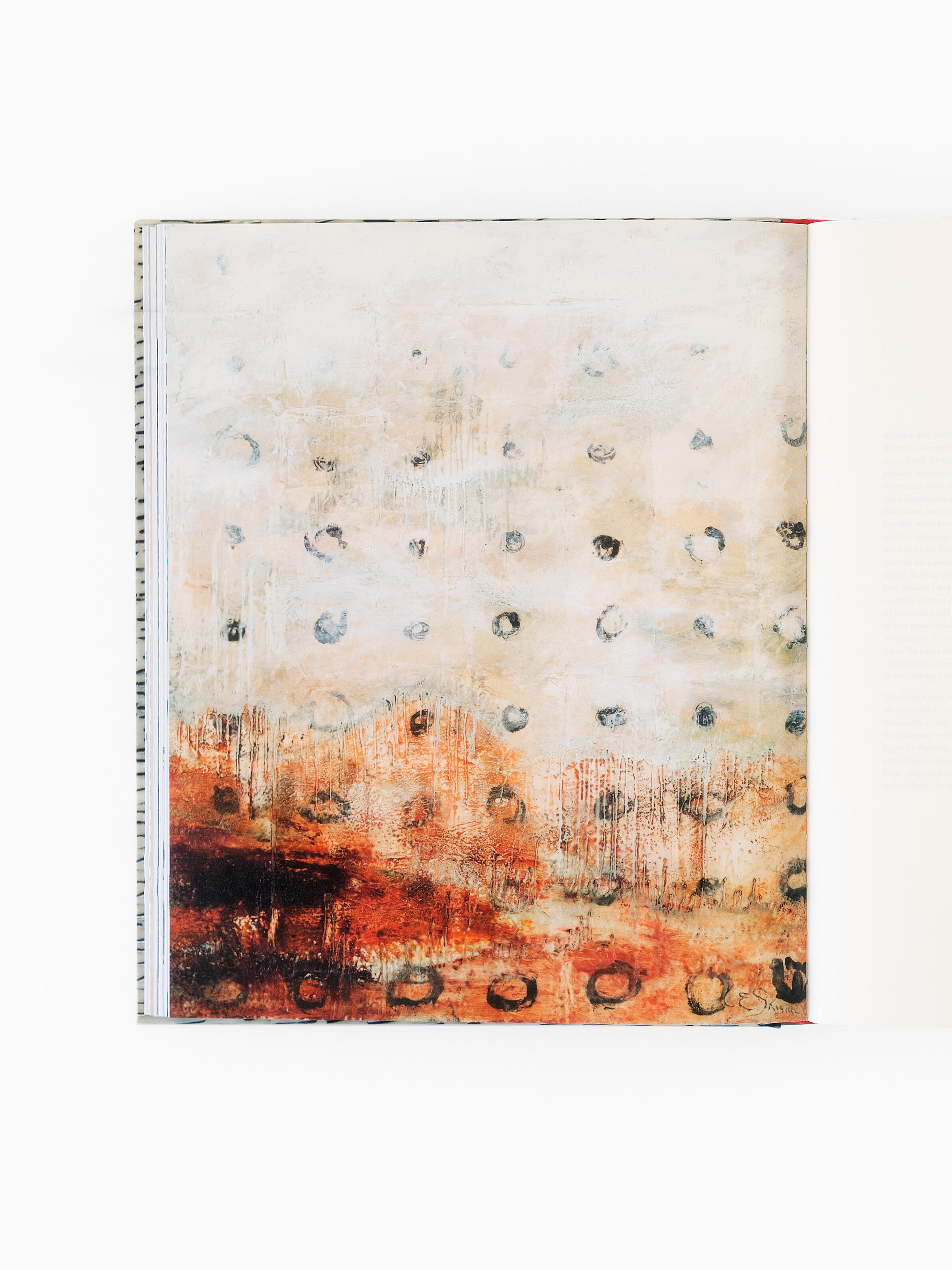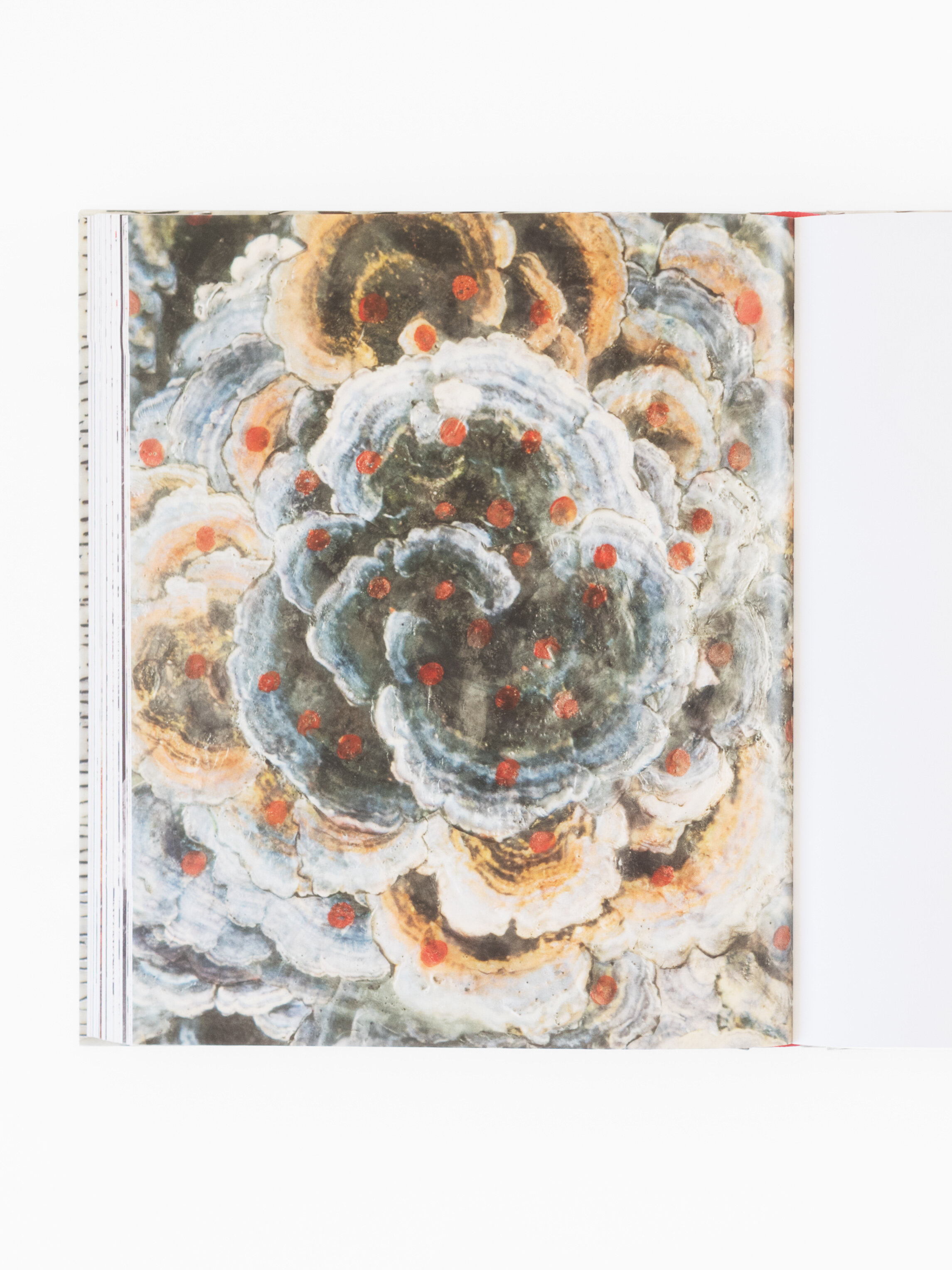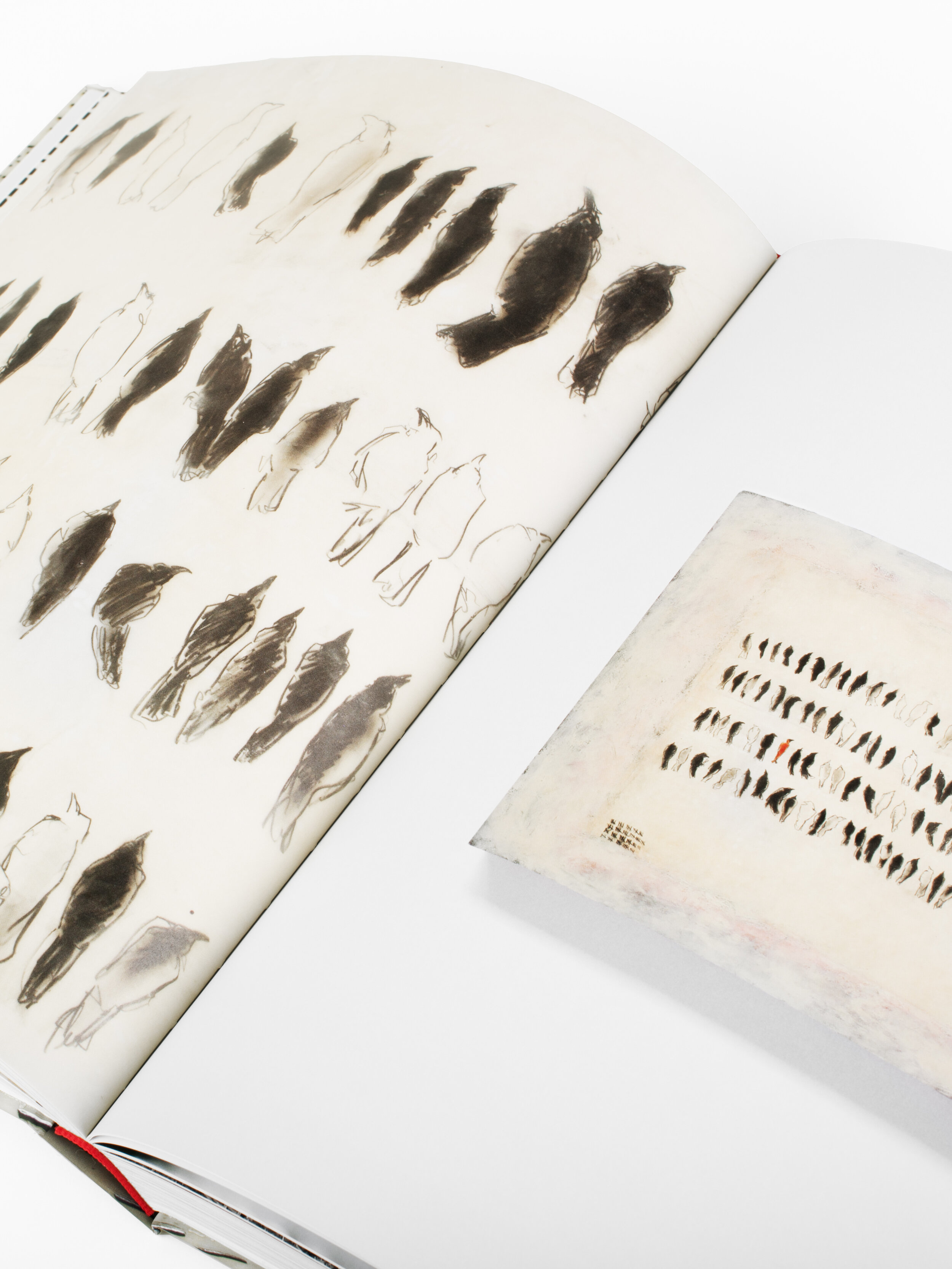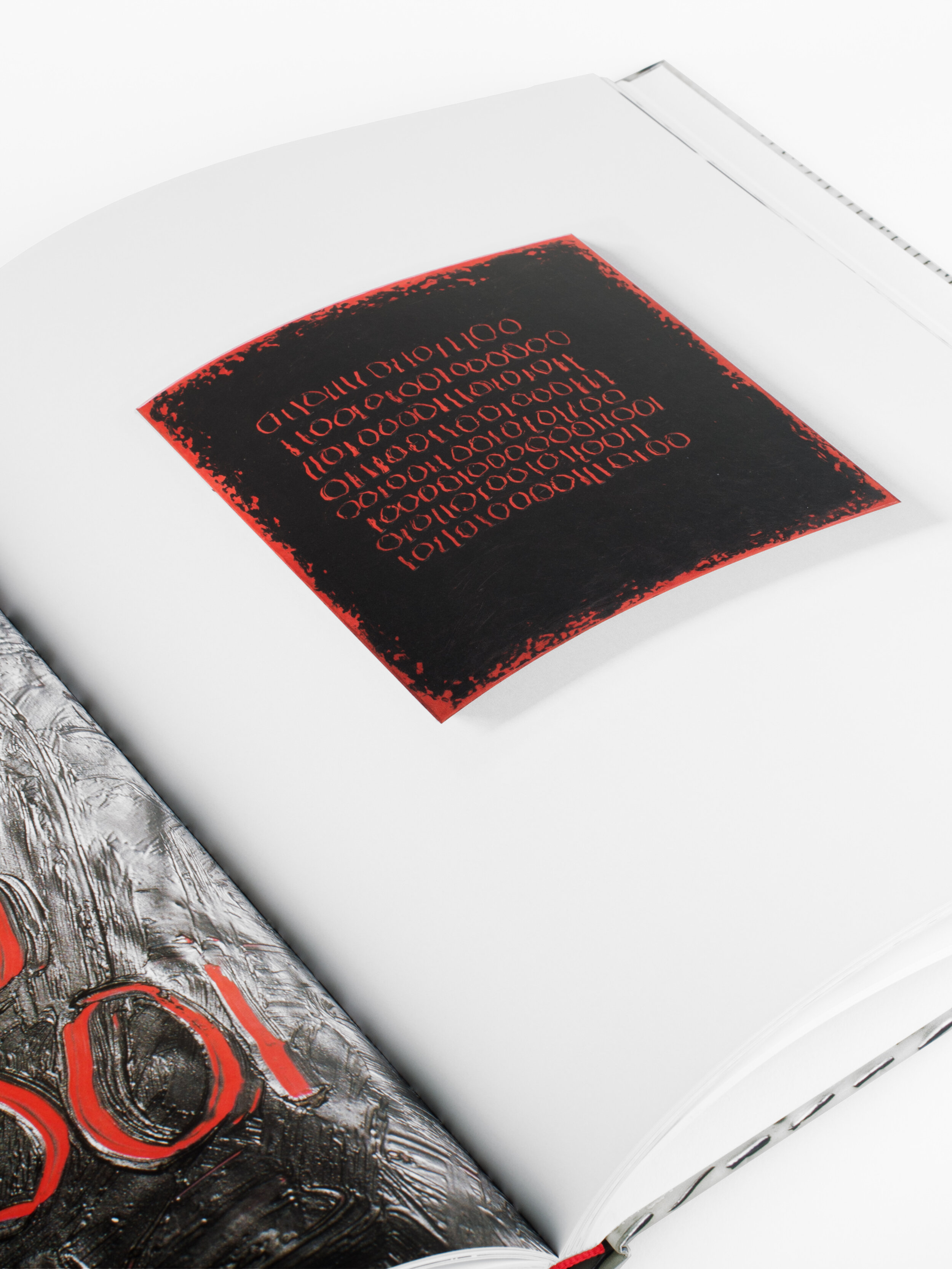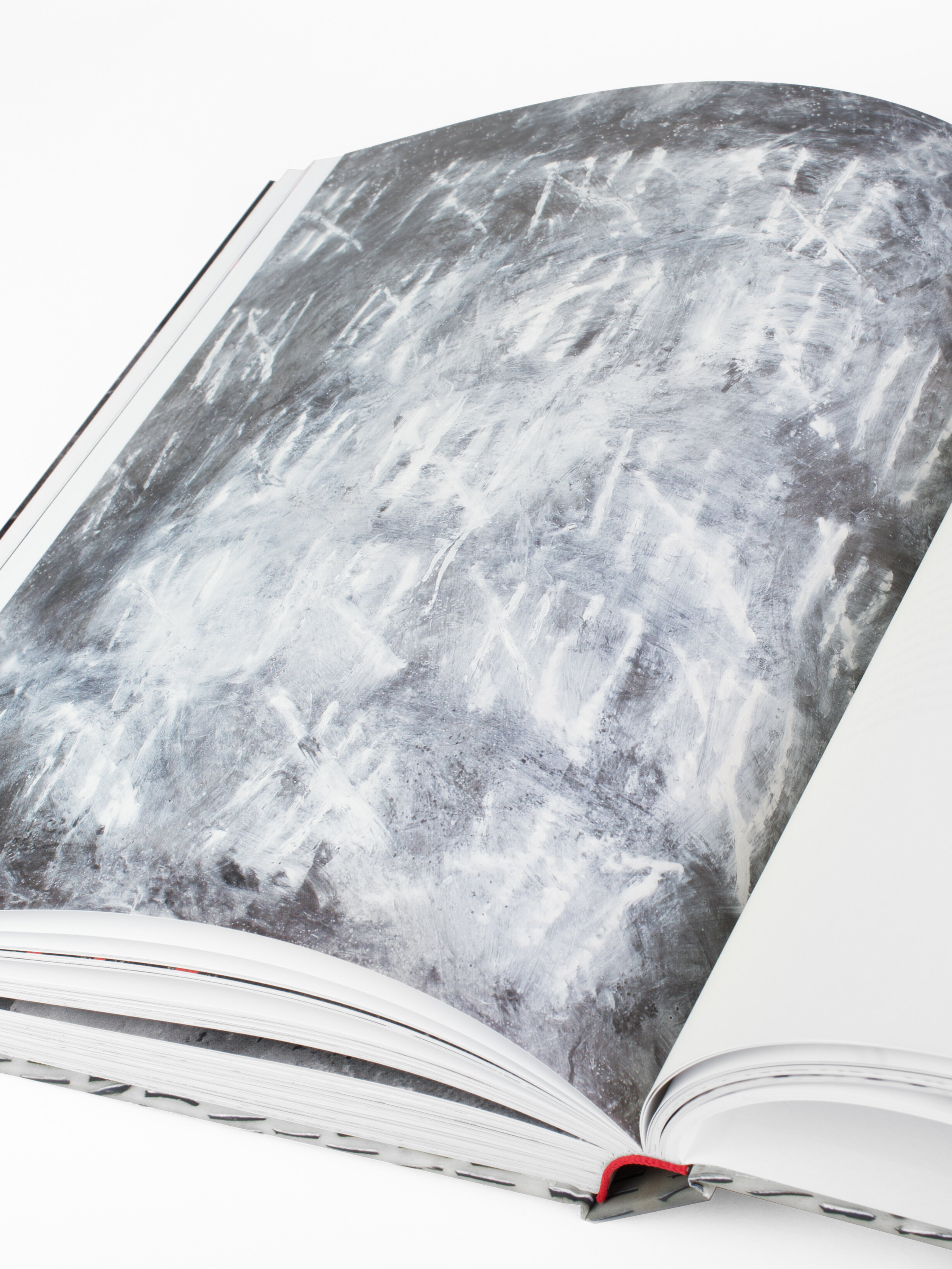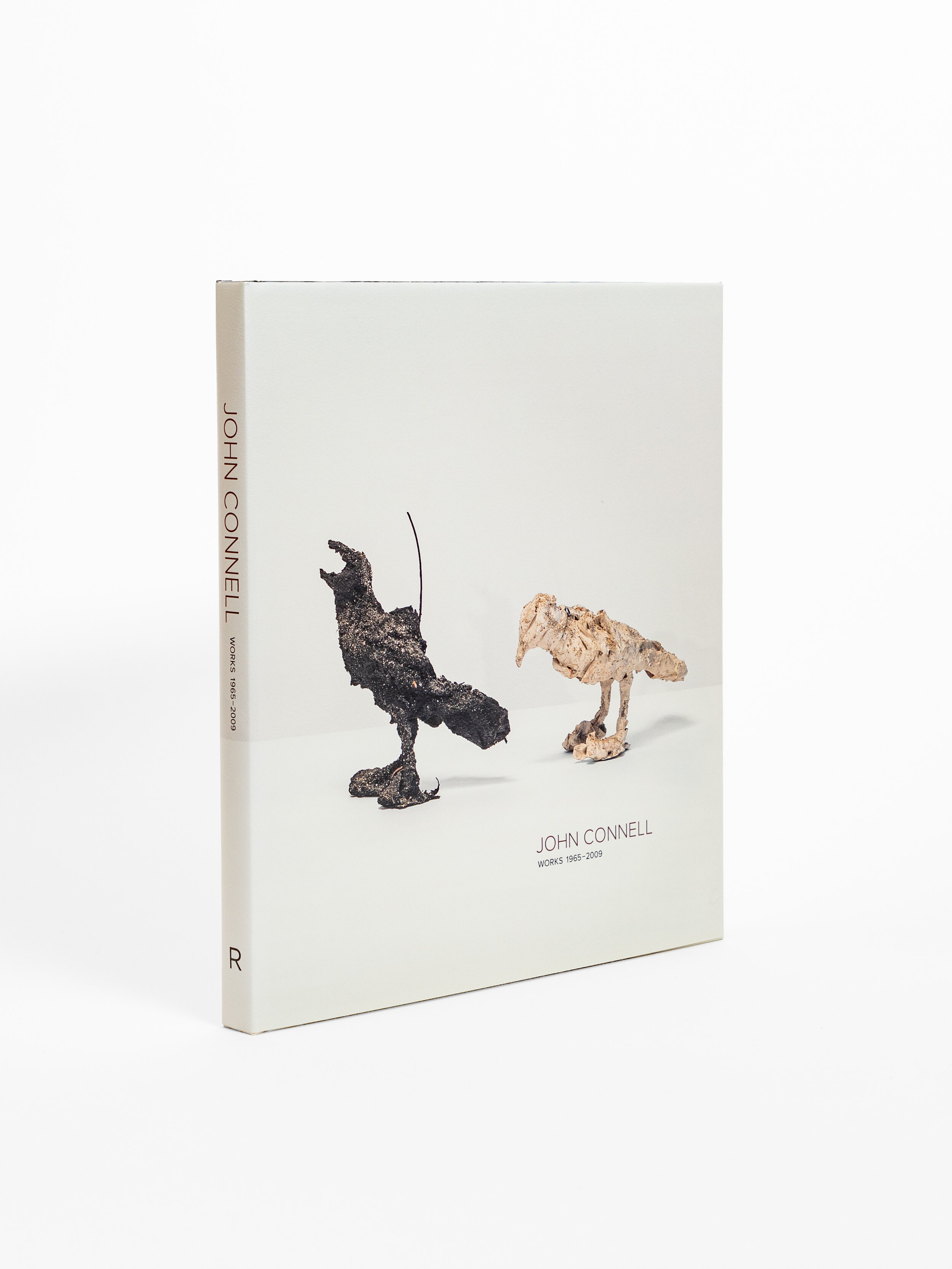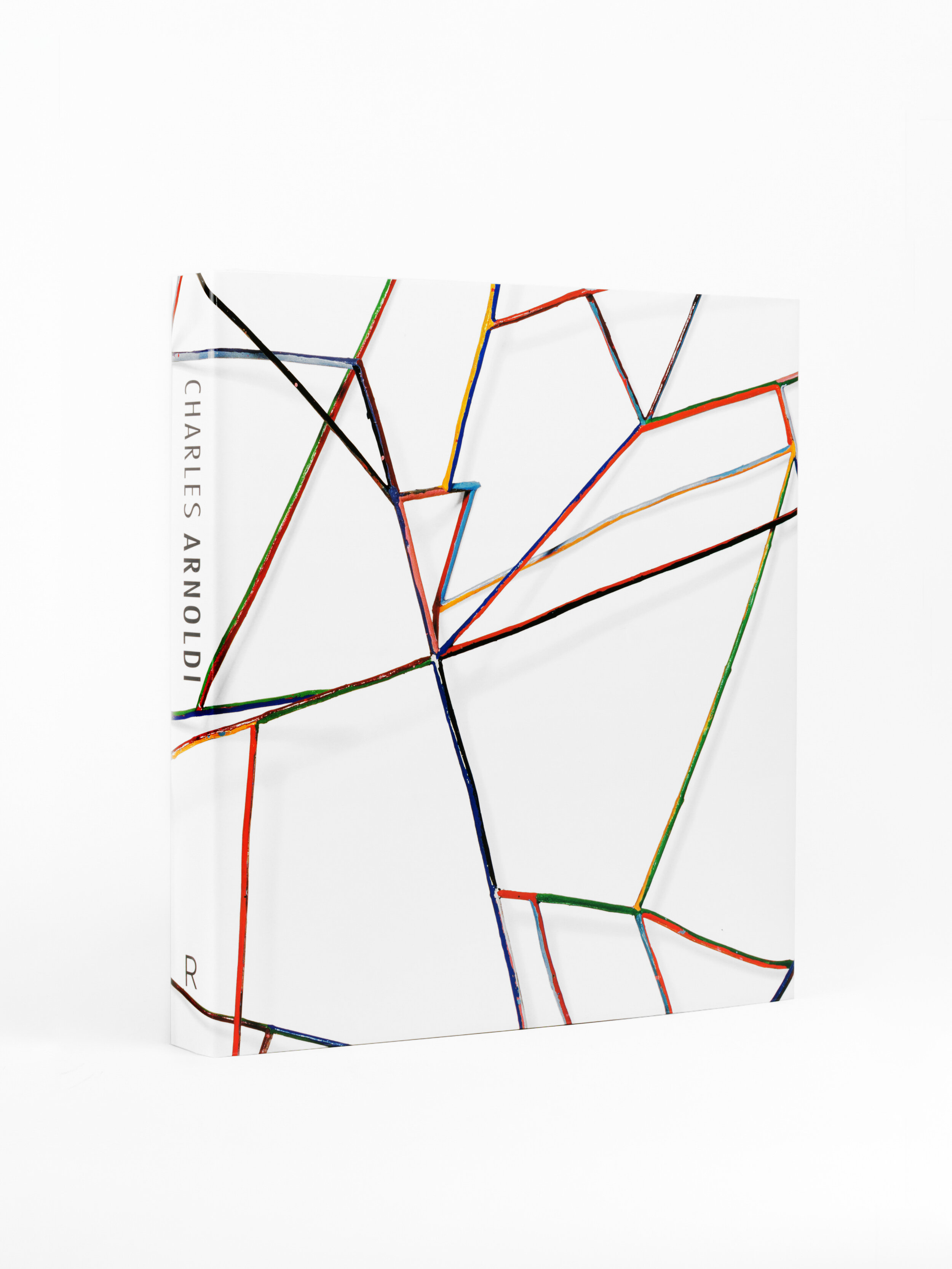YOU MAY ALSO LIKE
-
Artwork by Catherine Eaton Skinner
Text by Elizabeth BrownHardcover / 12 X 10 inches
292 pages / 170 illustrations
ISBN: 9781942185109 -
Catherine Eaton Skinner is a multidisciplinary artist embracing encaustic painting, oil painting, photography, printmaking, sculpture, textiles and found objects. Her artwork gives expression to her journeys through many cultures and mankind’s quest to find ways to connect to one another in a chaotic world. Skinner’s work is centered on the balance of opposites, as well as methods of numerical systems and patterning used to construct an order to our world. Thus, much of her art encompasses intriguing repetition and multiplicity. She reflects, "We live in a world where it may be difficult to feel a part of the whole, but we continue trying to find ways to connect to place and to each other."
Skinner’s creative sensibilities stem from growing up in the Pacific Northwest. Her Bachelor of Arts and Science from Stanford University, included painting instruction with Nathan Oliveira and Frank Lobdell. Twenty years in biological illustration began Skinner’s professional career. Between studios in Seattle and Santa Fe, she is an innovative artist with multidisciplinary methods: encaustic, oil painting, photography, glass, printmaking, sculpture, textiles and found objects.


